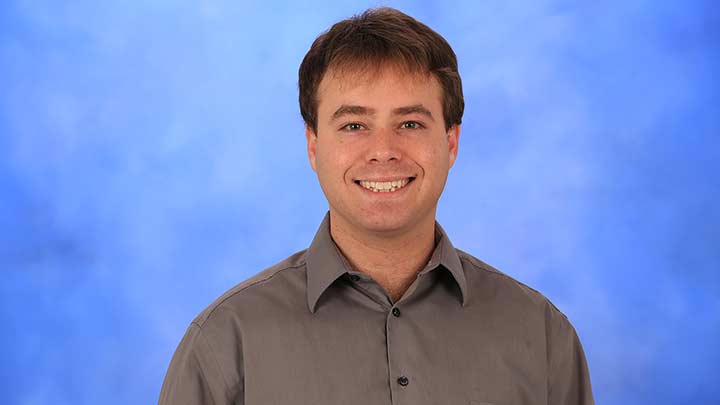
Alexander Aueron
Doctoral Student
Physics is useful for understanding the world and what is required to achieve our objectives, but rarely constrains us to a particular solution. As we seek to better accomplish our objectives or accomplish new objectives, proposals for new developments are inevitably compared to existing capabilities and methodologies. To determine if we should accept those proposals, we require a means of determining how we define what is best for a given situation and applying that definition to select best fit alternatives. An example of this is space flight: launch vehicles are enabling to engage in space flight at all and have been the preferred method for general space propulsion thus far. However, space mission architecture is sensitive to such a choice in propulsion technology such that shifting some of the propulsive requirements to in-space systems result in dramatically different architectures than those that primarily rely on the launch vehicle. Different is not necessarily better, so alternatives such as NTP must be considered to help us define what a "best" solution is, how the definition of best changes for different objectives, and what key parameters at the subsystem level better align the integrated system alternatives' performance with these definitions.
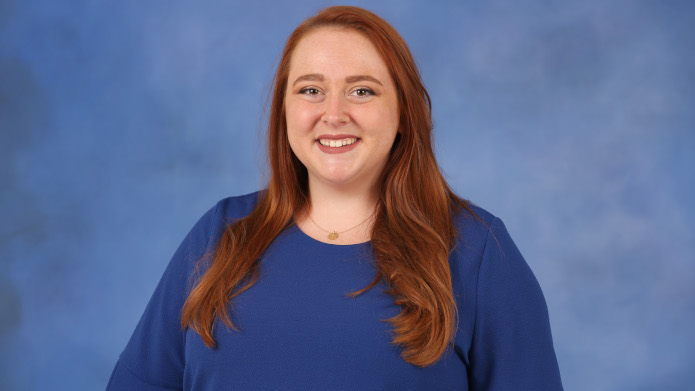
Emily Wood
Graduate Research Assistant
Emily Wood’s research focuses on investigating a Brayton engine, a Stirling engine, and thermoelectric generators for use as the power conversion cycle in the Minimally Intrusive Power Generation System (MIPS). Once a Nuclear Thermal Propulsion engine is used for the first burn, it cannot be turned off or else the fuel elements will cool past their ductile-to-brittle transition temperature and could crack. Therefore, the engine is kept running at idle between burns during which it generates about 10 megawatts of heat. The goal of the MIPS is to take this heat from the engine at idle, run it through a power conversion cycle to get mechanical energy, and then convert that mechanical energy to usable electrical power for the vehicle, without any changes to the reactor design and only minimal changes to the engine design.

Saroj Kumar
Doctoral Student
Saroj Kumar’s research focuses on mission design and high-fidelity trajectory analysis for Nuclear Thermal Propulsion (NTP) systems along with modeling and simulation of NTP powered robotic mission concepts and mission operations using Model Based Systems Engineering (MBSE).
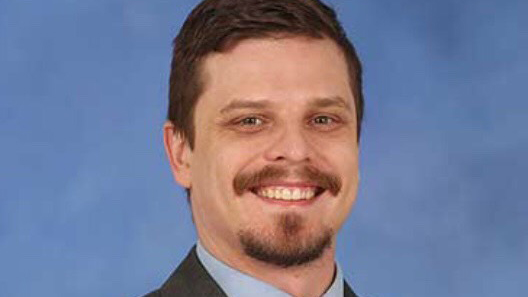
Dennis Nikitaev
Doctoral Student
Dennis Nikitaev’s research focuses on modeling the engine components via MATLAB's Simulink and assembling them together into a full engine model. This allows for engine parameter space exploration, experimentation with different propellants, and transient engine analysis. This approach results in less than 1% deviation from historical and current engine operational data during the validation stages. Seeded hydrogen (hydrogen with a small molar amount of a heavy noble gas) was one such study that was conducted for parameter space exploration. However, this resulting high fidelity analysis is computationally intensive prompting the use of surrogate utilization of the extracted engine parameters at various operational levels for vehicle simulation in the Spacecraft Integration System Model (SISM).
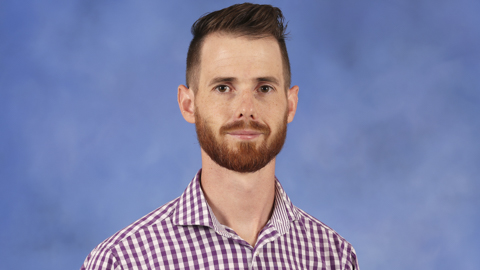
Nicholas Morris
Graduate Research Assistant
Nicholas Morris’ research focuses on the thermal control of liquid hydrogen in space, specifically on board the Mars Transfer Vehicle (MTV). Several thermal control methods are considered to keep the liquid hydrogen in a steady-state throughout the MTV's mission in order to avoid waste or "boil-off." The goal of this research is to determine which of these thermal control methods work and measure how effective they are in terms of Mass, Power-consumption, Complexity, Costs, and other factors that affect the mission. Programs like MATLAB and AGI's Systems Tool Kit (STK) are used to create a digital model that analyzes the heat transfer involved in storing liquid hydrogen in space. This model helps determine the effective R-values needed to maintain steady state throughout the different phases of the MTV's mission. Then, the R-values of different active and passive thermal control methods can be compared to those computed by the model to determine which methods will be sufficient. Hopefully, this research can provide the safest solution for storing liquid hydrogen in space or even perhaps aid in the design of that solution.
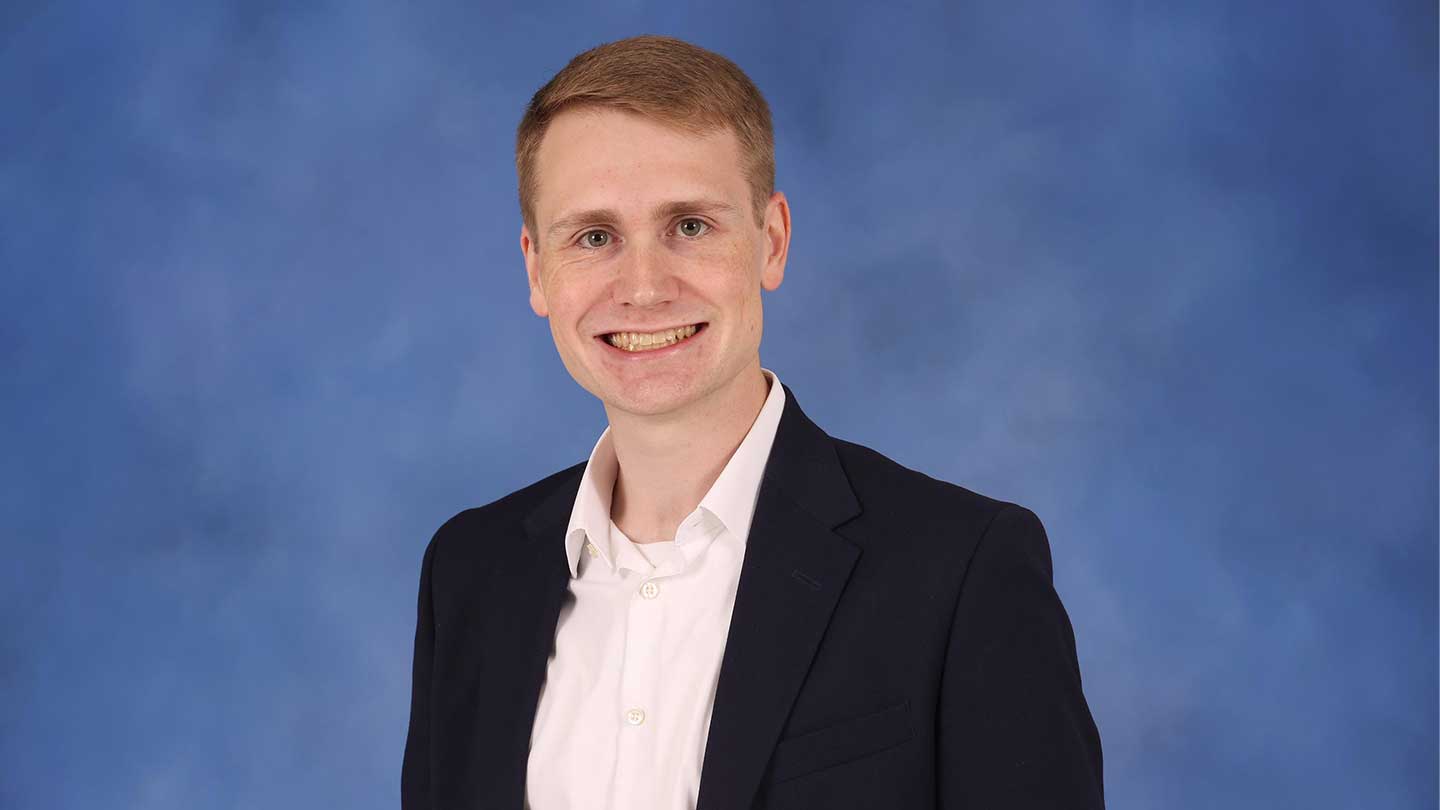
Jacob Keese
Graduate Research Assistant
Jacob Keese’s research focuses on establishing recommendations for a testing process for a future NTP system so that the number of hot-fire tests can be reduced. This includes testing from the individual component level up to full-scale hot-fire testing. To this end, best practices from previous liquid rocket engine and nuclear rocket engine testing programs can be utilized.